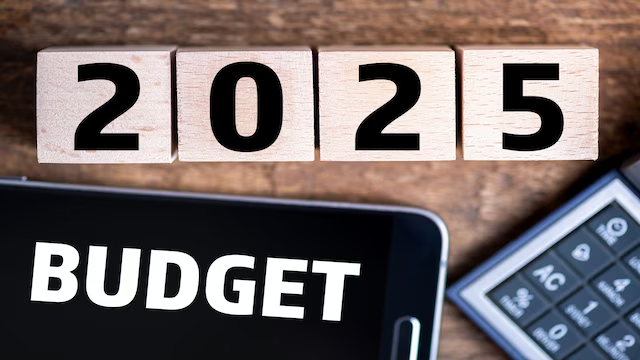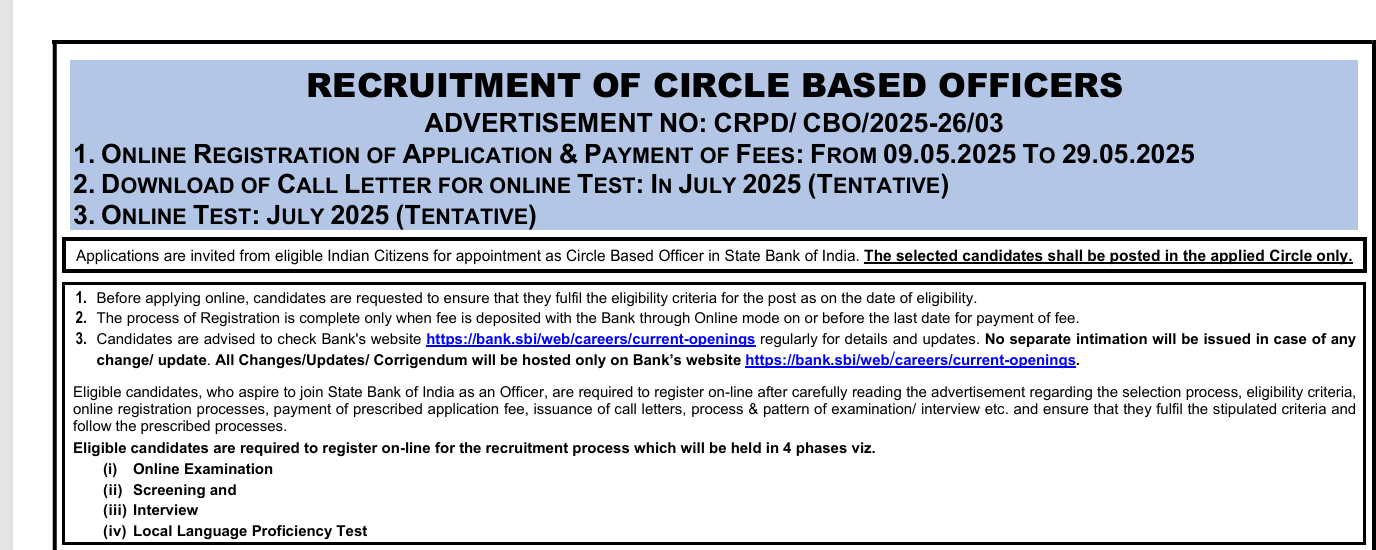Union Budget 2025-26: Key Highlights, Government Priorities, and Sector-Wise Analysis
The Union Budget 2025-26 lays the foundation for “Viksit Bharat,” with a focus on economic growth, social welfare, and infrastructural development. The government aims to accelerate private sector investment, enhance social security, and ensure sustainable development across all sectors. Below is a detailed analysis of government priorities, sectoral allocations, new schemes, and tax reforms.

1. Government Priorities in Budget 2025-26
The Union Government has set clear priorities in this year’s budget:
1.1 Inclusive and Sustainable Economic Growth
- Targeting “Viksit Bharat” by 2047.
- Strengthening MSMEs and startups to boost employment and innovation.
- Supporting domestic manufacturing through Make in India initiatives.
- Improving rural and agricultural prosperity through targeted schemes.
1.2 Empowering the Middle Class and Poor
- Enhancing the spending power of the middle class through tax reliefs.
- Strengthening Direct Benefit Transfer (DBT) and digital financial inclusion.
- Expanding access to affordable healthcare, education, and housing.
1.3 Infrastructure Development and Investment Promotion
- ₹1.5 lakh crore interest-free loans to states for capital expenditure.
- ₹10 lakh crore asset monetization plan to fund new infrastructure projects.
- Massive expansion in road, rail, and air connectivity under the National Infrastructure Pipeline.
1.4 Social Security and Welfare
- Expansion of Ayushman Bharat Health Coverage.
- More financial aid for women entrepreneurs and youth skilling programs.
- Increased allocations for education, research, and AI-driven innovation.
1.5 Energy, Climate Action, and Green Growth
- Strengthening India’s Nuclear Energy Mission for sustainable power generation.
- Expanding solar, wind, and hydropower projects.
- Financial support for electric vehicles (EVs) and green hydrogen projects.
2. Sector-Wise Allocations and Key Announcements
2.1 Agriculture & Rural Development
- PM Dhan-Dhaanya Krishi Yojana: Developing 100 agri-districts, benefiting 1.7 crore farmers.
- Makhana Board in Bihar to boost production and marketing.
- Cotton Productivity Mission: 5-year plan for higher yield and sustainability.
- Kisan Credit Card (KCC): ₹5 lakh credit for 7.7 crore farmers, fishermen, and dairy farmers.
- Aatmanirbharta in Pulses: 6-year mission for climate-resilient seeds and better storage facilities.
2.2 MSMEs and Startup Support
- Revised MSME classification with higher turnover limits for incentives.
- ₹5 lakh Credit Cards for Micro Enterprises (10 lakh cards to be issued in 2025).
- ₹2 crore term loans for first-time entrepreneurs, particularly for SC/ST and women.
- PLI Scheme Expansion: Special incentives for electronics, toy, and footwear sectors.
2.3 Education, Health, and Skilling
- Expansion of IITs and AI research centers (₹500 crore allocated).
- 50,000 Atal Tinkering Labs in government schools.
- 10,000 additional medical seats (target: 75,000 new seats in 5 years).
- Cancer Day Care Centres in all district hospitals.
- PM SVANidhi scheme revamp with increased loans and UPI-linked credit.
2.4 Urban Development & Housing
- Urban Challenge Fund: ₹1 lakh crore for city modernization.
- Jal Jeevan Mission extended till 2028 with enhanced funding.
- ₹15,000 crore SWAMIH Fund-2 for completion of stalled housing projects.
- ₹25,000 crore Maritime Development Fund to finance port and shipping infrastructure.
2.5 Transport & Connectivity
- ₹1.5 lakh crore for state infrastructure projects.
- Expansion of UDAN scheme: 120 new regional air destinations for better connectivity.
- Greenfield airports in Bihar and other high-growth regions.
2.6 Tourism and Employment Generation
- MUDRA loans for homestays to boost rural tourism.
- PLI incentives for states to improve tourism infrastructure.
- Top 50 tourist sites to be developed with better facilities.
3. New Tax Slabs and Reforms
3.1 Direct Tax Proposals (Income Tax)
- Higher tax deduction limit for senior citizens: ₹50,000 → ₹1 lakh.
- TDS limit on rent raised: ₹2.40 lakh → ₹6 lakh.
- Updated tax returns filing period extended: 2 years → 4 years.
- Tax benefit on two self-occupied properties (previously limited to one).
3.2 Revised Income Tax Slabs (2025-26)
| Income Range | Tax Rate |
|---|---|
| ₹0 – ₹4 lakh | Nil |
| ₹4 – ₹8 lakh | 5% |
| ₹8 – ₹12 lakh | 10% |
| ₹12 – ₹16 lakh | 15% |
| ₹16 – ₹20 lakh | 20% |
| ₹20 – ₹24 lakh | 25% |
| Above ₹24 lakh | 30% |
3.3 Indirect Tax Proposals
- Customs Tariff Simplification: Removal of seven tariff rates for industrial goods.
- Lower cess and surcharge to ease tax burden.
- Duty-Free Imports for Handicrafts and Leather Industry to promote exports.
- Tax exemptions for shipbuilding and railway repairs (10-year tax relief).
3.4 Relief for Essential Medicines
- 36 new lifesaving drugs added to tax-exempt list.
- Cancer and rare disease medicines included in subsidy programs.
4. Fiscal Deficit & Revenue Projections
4.1 Receipts & Expenditure Summary
- Revenue Receipts: ₹34.2 lakh crore
- Capital Receipts: ₹16.4 lakh crore
- Revenue Expenditure: ₹39.4 lakh crore
- Effective Capital Expenditure: ₹15.5 lakh crore
4.2 Fiscal Deficit Trends
- Fiscal Deficit: 4.4% of GDP (lower than previous years).
- Revenue Deficit: 3.3% of GDP.
- Primary Deficit: 0.8% of GDP.
5. Conclusion: A Balanced Budget with Growth and Welfare Priorities
The Union Budget 2025-26 strikes a balance between economic expansion, social welfare, and fiscal prudence. The key focus remains on:
✅ Boosting infrastructure and investments
✅ Enhancing income tax relief for the middle class
✅ Strengthening MSME and startup ecosystems
✅ Improving healthcare, education, and employment
✅ Encouraging private participation in clean energy and nuclear power
This budget prioritizes long-term development while addressing immediate economic concerns. However, effective implementation will be the key to realizing these ambitious goals.







